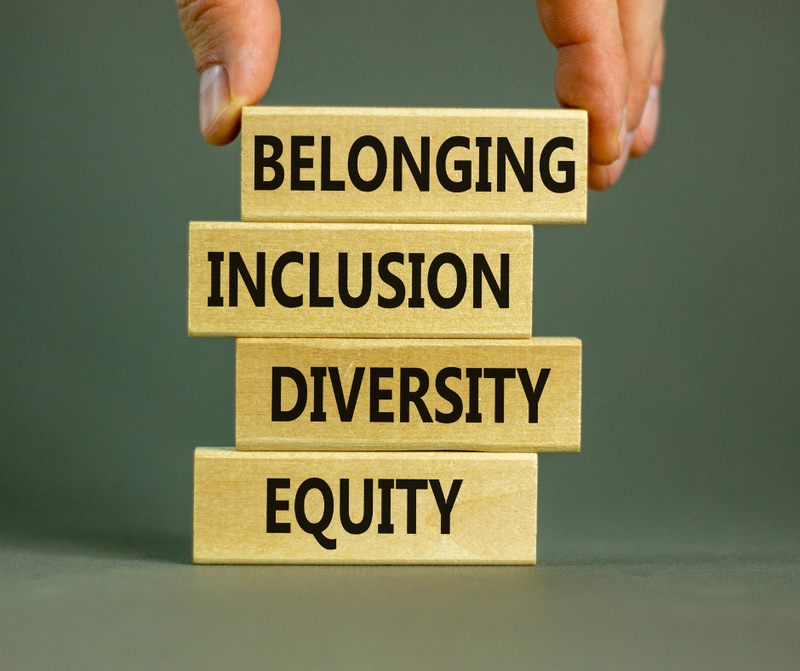Diversity and inclusion are hot topics globally. At the forefront of creating a fairer, more equitable and proportional post-Covid world, gender mainstreaming, in particular, is a key focus. Indeed, gender equality and the empowerment of women and girls are key components of the United Nation’s Sustainable Development Goals for 2030.
We caught up with Tracy Dawson, Partner at Kestria South Africa: Jack Hammer and Kestria Africa and Kestria Agribusiness & Agriscience EMEA Practice Leader, who shared some of her experience on the challenges inherent in driving diversity and inclusion in workplaces across Africa and emerging markets.
Dawson says recruitment has a different context depending on where in the world you are operating. In markets with a large established middle class, like much of Europe, gender-equitable recruiting can be primarily focused on bringing women back into the workplace. This is directly due to a strong middle class where women who have children have a harder time re-entering the workplace, with less incentive to do so.
She explains that nowhere is the divide as wide or the gender inclusion challenge as complex as in emerging markets across Africa and the Middle East, where 97% of the informal economy is agrarian, and the bulk of working adults in this sector are women. There are and have been many initiatives to make smallholder farming more sustainable and to bring these players into the formal economy. But climate change, conflict (there are at least eight African countries currently fragile or conflicted) and the resultant displaced and refugee communities have pushed the gender equality and inclusion divide even wider in these areas.
Gender equality and inclusion begin at job conception
Dawson emphasises a few very important factors that have to be taken into account when recruiting into Africa. African countries are comparatively very young, as are their populations. Education in the region presents women and girls in particular with very limited opportunities and often limited study options. Add to this a huge gender divide in tertiary education, which is an extravagant cost and luxury (and seen as such, particularly where girl-children are concerned). There are deeply entrenched social and cultural norms and expectations at play and pressure on women to maintain traditional gender roles in heavily patriarchal, tribal and subsistence-led economies.
Clear trends which have shaped the region’s employment landscape include:
Women are traditionally encouraged into the ‘softer’ work streams, such as HR, Marketing and Compliance. These appointments are unfortunately rarely the ‘route to the top’, and it’s these early-career pressures that should be considered when experienced hires are sought. Women are much less likely to be given opportunities to lead large teams, manage budgets or be given accountability for Profit and Loss. Corporate boards and decision-making bodies are even less gender diverse than elsewhere in the world.
Dawson adds that history and socio-political insights are critical in ensuring that a gender-inclusive hiring approach is fit for purpose. Asking for qualifications that weren’t on offer in-country twenty years ago may limit your pool to those with the then rare privilege of international schooling (who have subsequently chosen to or can afford to return to the continent).
An excellent example of this is the field of Logistics (where the gender divide is even more glaring than in, say, Healthcare or Education). Fifteen to twenty years ago in East Africa, the were no universities offering logistics or supply chain degrees, which means that senior leaders in Global Supply Chain who are operating out of East Africa either studied abroad or began their journey with different, other or no qualifications as a foundation for a career in the supply chain.
“There has to be engagement with local partners on the ground who understand how things work; and who can also share insights into the socio-political and cultural dynamics at play not just between countries but also within some very diverse, multilingual, ideologically diverse countries.”
-Tracy Dawson / Partner Kestria South Africa & USA
It comes from the top
The above clearly highlights the need for the HR function to be brought to the board level, as it is the only way to ensure that gender equality and everything involved in approaching it is championed from the top down and established from the conception of a position or recruitment project as a key performance indicator. The willingness to work more closely with your recruitment partners to introduce some flexibility, ambiguity or agility into your ‘ask’ are all critical success factors.
“Without leadership buy-in most diversity hiring strategies are fundamentally flawed. Until the organization recognizes within itself that there is a lack of diversity, in other words, that their leadership team doesn’t represent their markets or customers, there’s unlikely to be much progress on gender equality and inclusion.”
-Tracy Dawson / Partner Kestria South Africa & USA

Therefore, Dawson stresses, it’s important to position your gender-inclusive strategy with the local context in mind. Putting numbers to the ‘under management’ budget ask, or the size of the business, are among things that can cripple your gender equality hiring intentions before you even start. Start right – leadership buy-in and a well-formulated role profile appropriate to the context. That’s why it is absolutely critical to have embedded local partners to translate for you and help you navigate your markets.

